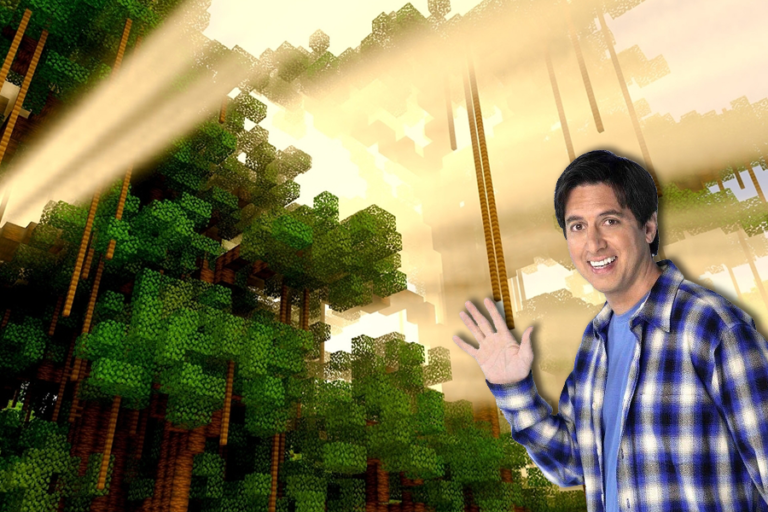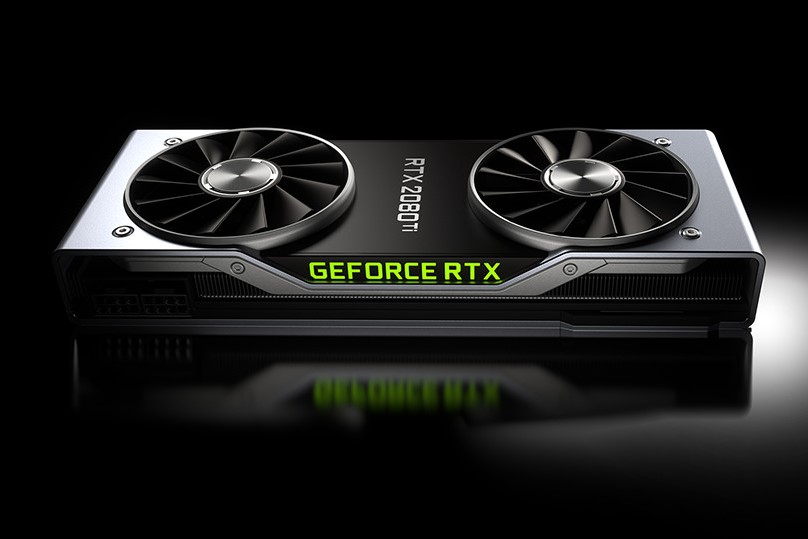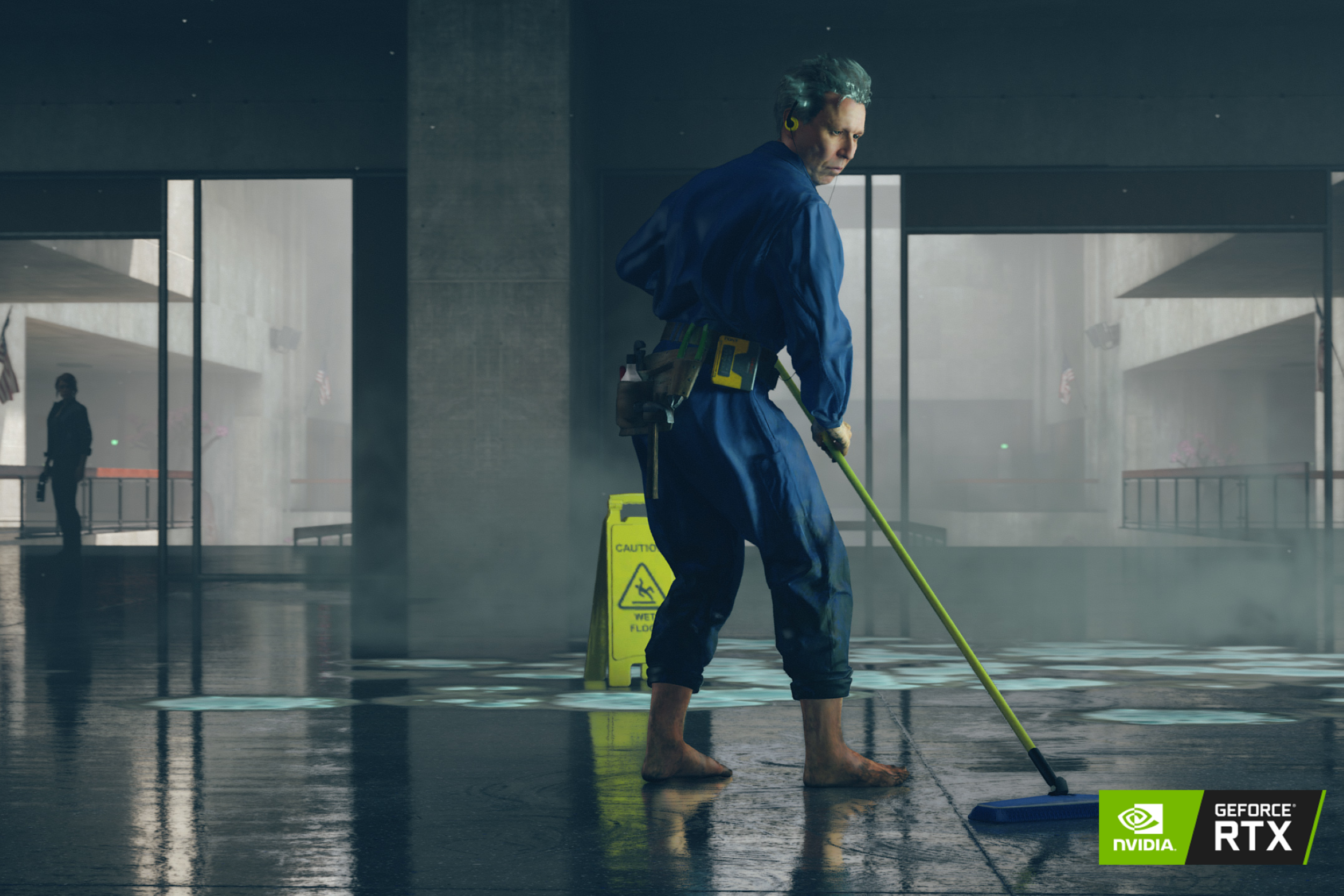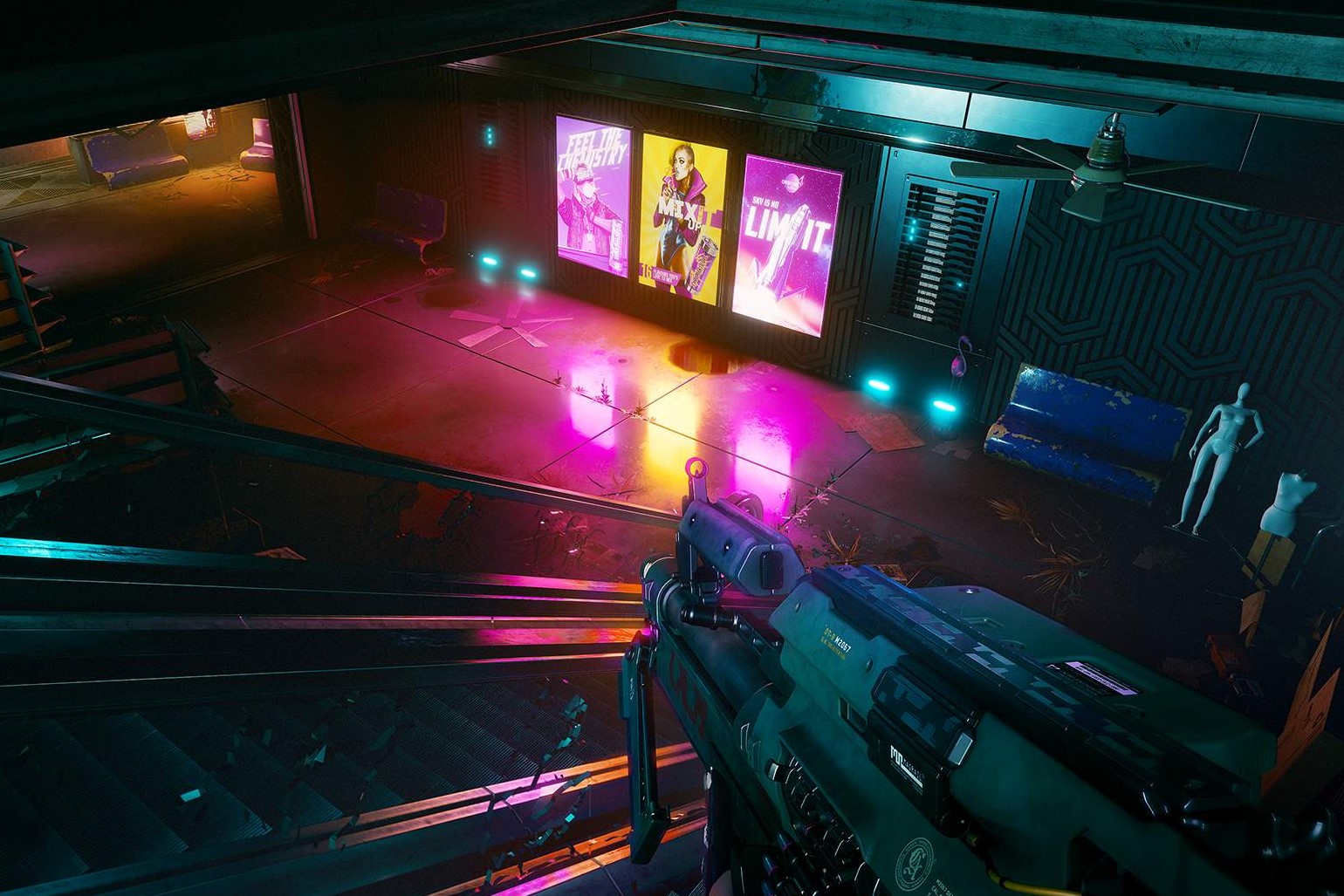An answer to the age-old question: how many rays could a ray trace trace if a ray trace could trace rays?
Shining a light on next-gen ray tracing
Ray tracing defined
Ray tracing is a next-gen lighting technology that’s currently implemented into a range of select games for Nvidia’s 20-series graphics cards. The newfangled lighting tech can render realistic shadows and reflections, which look much more realistic, albeit at the cost of hardware intensiveness, meaning lower resolutions and lower overall frame rates.

Artificial intelligence. Machine Learning. Virtual reality. The games industry is no stranger to its two-word buzzwords which, on the surface, seem to explain what they’re all about, but ultimately lead to more questions than answers.
These days, there’s a new two-word buzzword to add to the pile: ray tracing. You’re going to hear it a lot more, too, from 2020 onwards as this newfangled tech that was once exclusive to Nvidia’s 20-series graphics cards is now a big talking point for the PlayStation 5 and Xbox Series X next-gen consoles.
Let’s shine a light on what ray tracing is all about.
What is ray tracing?
Let’s get technical for a breath. At its core, ray tracing is a rendering technique that’s capable of creating realistic lighting effects which, because it’s light, also has the potential to impact the quality of in-game shadows and reflections.
While it’s been technically possible in games via software for years, it’s incredibly demanding on graphics-card hardware, meaning it tends to drag a game’s frame rate down to something unplayable.
Ray tracing and frame rate
As far as console developers are concerned, 30 frames per second (fps) is the lowest standard, particularly for games that support 4K resolutions. On PC, 60fps is widely considered to be the lowest standard.
In terms of hardware intensiveness, ray tracing is a lot like 4K resolutions. Even on a high-end PC, the target frame rate at 4K resolution tends to be 60fps. Even with an Nvidia graphics card that’s capable of 4K resolutions, enabling ray tracing is so resource intensive that it has the potential to greatly diminish frame rates. The straightforward solution to this on the user side is to lower the resolution in order to preserve higher frames over ray-traced fidelity.
What does ray tracing look like?
Because ray tracing is all about lighting, in-game examples vary from subtle changes to shadows in games like Call of Duty: Modern Warfare to incredibly realistic reflections like those found in Control. Current iterations of ray tracing mostly equate to better-looking eye candy, but reflections rendered in real-time can offer visual intel that would be otherwise missing from an experience without ray tracing.
Nvidia RTX graphics cards
Gaming’s first viable taste of ray tracing came with the launch of Nvidia 20-series at the end of 2018. Less than a year later, ray tracing was a talking point again because, despite scant details from both Sony and Microsoft, the lighting tech was confirmed to be part of the next-gen consoles.
Nvidia’s 20-series graphics card were ahead of the curve, touting some great tech that wasn’t fully realised in game form at launch. The big hardware advancement as far as ray tracing is concerned were the RT Cores and Tensor Cores. ‘RT’ is understandably short for ‘ray tracing’, which is exactly what these cores excel at for games that support the technology.
The Tensor Cores have become more relevant for ray tracing in recent Nvidia driver updates, allowing developers to tap into the second iteration of a technique called Deep Learning Super Sampling (DLSS 2.0) to greatly improve frame rates.
Ray tracing and DLSS
Games that support DLSS 2.0 can offer amazing frame-rate gains by using on-the-fly AI upscaling to convert lower-resolution images into higher-resolution outputs. Basically, DLSS 2.0 boosts frame rates without the cost of fidelity. Working in tandem with ray tracing. DLSS 2.0 allows for higher frame rates.
Like ray tracing, though, developers have to choose to implement DLSS 2.0 on a per-game basis for Nvidia 20-series graphics card owners to take full advantage of the benefits. This means that just because you may own an Nvidia 20-series card, it doesn’t mean the games you’re playing will be supported.

Do AMD graphics cards have ray tracing?
Currently, AMD doesn’t have any hardware-based ray tracing built into its line of PC graphics cards. But considering AMD has built the underlying custom “RDNA 2” architecture for both the PlayStation 5 and Xbox Series X, both of which support ray tracing, it stands to reason that AMD will soon release PC graphics cards (likely in 2020) that support hardware-based ray tracing.
Games with ray tracing
Here’s a list of the 12 games so far that have ray tracing:
- Battlefield V
- Call of Duty: Modern Warfare
- Control
- Deliver Us the Moon
- Justice Online
- JX3
- MechWarrior 5: Mercenaries
- Metro Exodus
- Minecraft
- Quake II RTX
- Shadow of the Tomb Raider
- Wolfenstein: Youngblood

And here’s a list of the 18 games that have planned ray tracing support:
- Atomic Heart
- Boundary
- Bright Memory: Infinite
- Convallaria
- Cyberpunk 2077
- Doom Eternal
- Dying Light 2
- Enlisted
- F.I.S.T.
- Project DH
- Project X
- Ring of Elysium
- Stormdivers
- Synced: Off Planet
- Vampire: The Masquerade – Bloodlines 2
- Watch Dogs: Legion
- World of Warcraft: Shadowlands
- Xuan-Yuan Sword VII
As more games are announced for next-gen consoles and ray tracing becomes more ubiquitous on next-gen PC graphics cards, expect to see the list of supported games grow and future titles to be better optimised for the lighting tech.

What does ray tracing mean for next-gen consoles?
This is mainly speculation given we’ve only had a limited look at next-gen games with ray tracing so far, but it’s likely safe to expect that the results won’t be as impressive as those found on PC graphics cards. There’s also the elephant in the room that’s yet to be acknowledged, in that activating ray tracing on a next-gen console – assuming it’s an option and not a forced setting – will likely mean sacrificing frame rate, resolution, other eye-candy settings, or a mix of all three.
The Xbox Series X version of Minecraft is set to receive a ray tracing overhaul, which converts the game from its iconic voxel art style to something that looks quite beautiful. And if you want a taste of this today, you can check out the Windows 10 beta version of Minecraft, as long as you have access to an Nvidia 20-series graphics card.
This Minecraft ray tracing demo reportedly only took four weeks for a single developer to implement, meaning it will be viable for developers to integrate ray tracing into current-gen games that currently support ray tracing on PC and will be backward-compatible on next-gen consoles.
Related Articles



